|
How stunning it was to see our members' photographs up on the large screen, nattily disguised for the voting protocol by alphanumeric codes. With the delicious plum gluhwein and mince pies from Debbie and Andrew Carter, plus Izzy Fry's talk on bird-ringing, our Christmas event was highly enjoyable. Thank you for your contributions! The winning photographs for each category are shown below: Birds - Lapwing by Izzy Fry Invertebrates - Adonis Blue by Peter Shallcross Mammals - Fox by Andrew Carter Fungi - Chicken in the woods by Jasper Bacon Landscape - Ashcombe Bottom by Andrew Carter Plant - Lichen by Andrew Graham *please note that it hasn't always been possible to show the full parameters of each photo in the upload. There was no overall winner due to the wide range of votes. Two other members also deserve special mentions with runner up scores: Debbie Carter (Tawny owlets) and Claire Cartwright (bumblebee).
Izzy Fry gave us a fascinating talk on bird ringing last week at our final meeting of the year. The British Trust for Ornithology (BTO) regulates bird ringing in this country and Izzy has built up a huge amount of experience over the last 4-5 years in a range of locations and with different mentors, and even at night for the nightingales and nightjars, as she works towards a professional qualification.
As always Izzy's photographs were beautifully clear and expressive, and we were treated to a panoply of stunning close-ups of birds and saw how the fine meshed nets, which gently capture the birds, were stretched out near field boundaries. The birds go still in these nets and don't flap, so there is no harm to them in the process. Tall ladders (12 feet or more) can be set up for inspecting raptor nests and there are even ring sizes for baby birds which are delicately handled by those who have a special licence. We heard how the ringing of birds has helped to further our knowledge about migratory journeys, when the codes from the leg rings of captured or dead birds are reported back to the BTO from overseas. The practice of doing regular bird-ringing in the UK also contributes to our understanding of the populations of species around the country, as it provides valuable longitudinal data sets for the BTO. Thank you to those who have submitted their photos for the competition which we'll show at the Christmas meeting this coming Thursday 15th December at 7pm. Mince pies and mulled wine will be served!
We would like some more photos if you can get them to us before end of Sunday 11th Dec. The email address for submissions was included in the Treasurer's update email, otherwise please use the contact page and we'll send the info to you. We don't publish email addresses on this website due to spam prevention. There are 6 categories for the photo competition. Please submit only one photo per category: Birds Invertebrates Mammals Fungi Landscapes Plants Izzy Fry, our Young Nature Watch co-founder, will also be giving a talk about her experience of "Bird ringing: How, what and why" which will start at 7:30pm. A cutting of Erigeron daisies taken from my courtyard released a curious flatworm later in the day at its new home. Thankfully it was spotted and isolated, while the two thin red stripes and features were pored over. The RHS later had to come to our rescue with the identification (thank you, Lynne, for your help with this) and this is what they said. It's worth knowing about in case other people make similar discoveries, because these flatworms should be destroyed.
"I think that it is likely that the flatworm you have found is Kontikia ventrolineata. This is a non-native flatworm, with origins probably to Australia and/or New Zealand, whilst some records indicate also the Indo-Pacific region. It is a small flatworm with a dark coloured body. This flatworm species is thought to have been introduced in 1840 and has several UK records. It can feed on small invertebrates that it can catch, including small snails but it also appears to be a scavenger. Once it has arrived in a garden there is really nothing effective that can be done to reduce their numbers. Destroying any that you find hiding underneath pots or stones will remove a few, but this is likely to be only a small proportion of the population in your garden. There are no pesticides available that will control flatworms. Kontikia ventrolineata, is listed under Schedule 9 to the Wildlife and Countryside Act 1981 with respect to England and Wales and it is an offence to release it or allow its escape to the wild. You should endeavour to avoid spreading the flatworm to new areas that are as yet free of flatworms. They spread to new areas through the movement of growing plants, compost or soil, so you should be careful about giving growing plants to other gardeners. More information about flatworms can be found at https://www.rhs.org.uk/advice/profile?PID=975 " One of the joys of a still December’s day is the plaintive winter song of the robin ringing out across the garden or woodland. This is softer and lest assertively sung than in spring and summer but may be heard at any time of day especially dawn and dusk. Both male and female sing as they hold separate territories during winter: the male defends the breeding territory, while the female of the pair moves a short distance away to hold an area with good feeding opportunities.
A small, neat bird, the robin is a relative of the chats, redstarts, and flycatchers. It is common throughout the country, and resident across the whole of the British Isles mainland but for the mountaintops of the highlands. It must be one of the few birds which everyone will recognises, with its distinctive orange-red breast the colour of which also extends up to the bird’s “face” around the bill and eyes. This very visible plumage is used in display when birds are defending territory. The bird thrusts out its breast and fluffs up its feathers to make the show of red as prominent as possible. You may see two birds facing off against each other seeing which can display most impressively before a chase ensues. The red breast provokes such a strong response that they sometimes attack their own reflection in a window. However, as male and female have the same plumage, the red breast has no courtship role. In the languages of several continental countries the bird’s name also refers to the red breast and British colonists took the term robin with them so that birds with red breasts in both north America and Australia are referred to as robins, even though they are not from related families. We take for granted that robins are quite comfortable near humans and will hop around us looking for food items disturbed by our gardening. This appears result from people’s longstanding affection for and protection of the bird in this country. In contrast, on the continent where some huntsmen have a propensity to shoot anything that moves – including robins – they are considerably more wary. The birds are quite short lived, many fledglings fail to make it through their first winter because, in common with all small birds, robins will lose body weight very quickly in extended chilly weather. This is when garden feeding can be critical for their survival. Even those that survive usually only live on for a couple of years. So, although we may regularly see robins in our garden, over the years they are likely to be a sequence of different birds rather than the same ones. They are sedentary, rather than migratory, so vacant territories will likely be filled by locally bred birds, perhaps the offspring of the previous territory holder. by Andrew Graham |
Photo: Avocets (Izzy Fry)
The headers display photos taken by our members. Do get in touch via the Contact Form if you'd like to submit a photo for selection.
Archives
May 2024
Categories
All
|
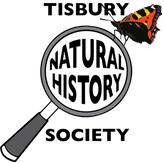
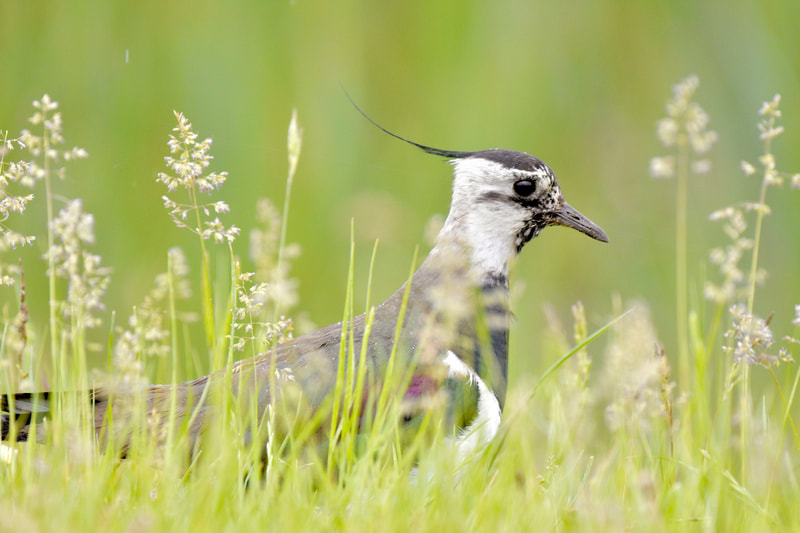
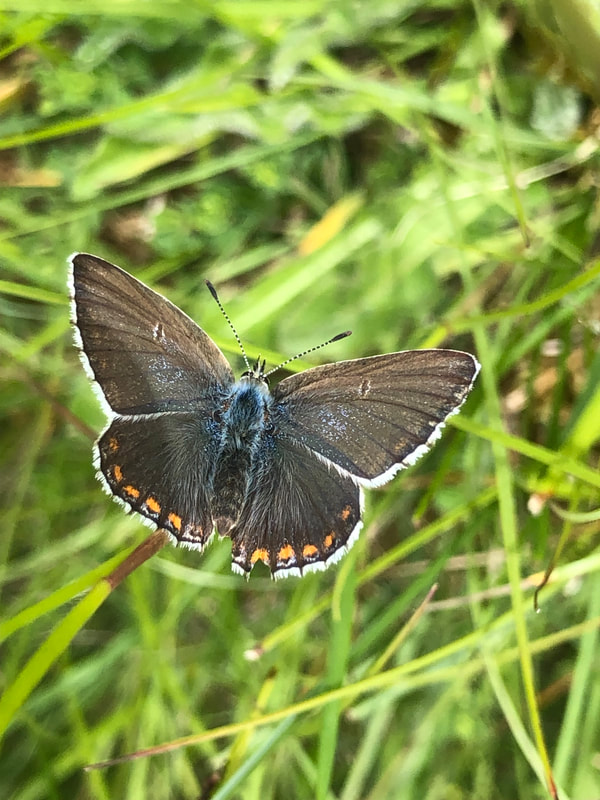
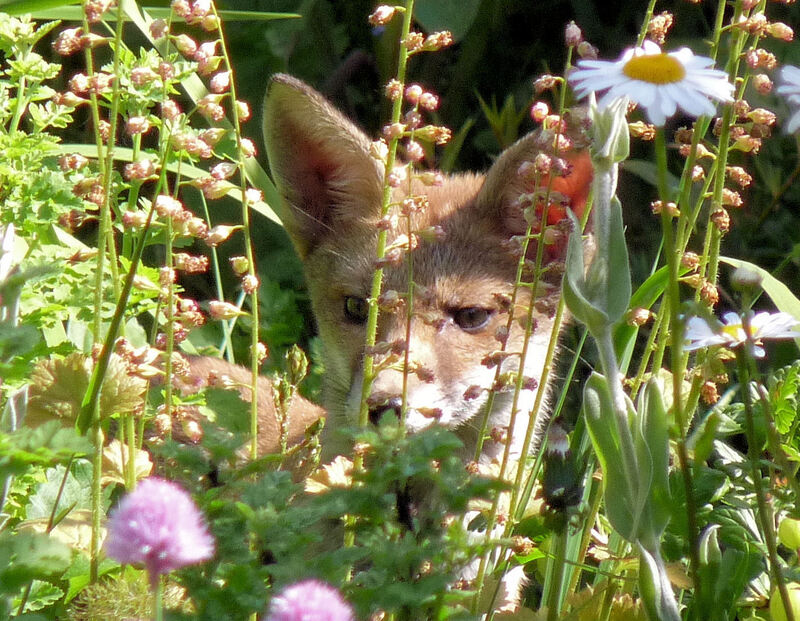
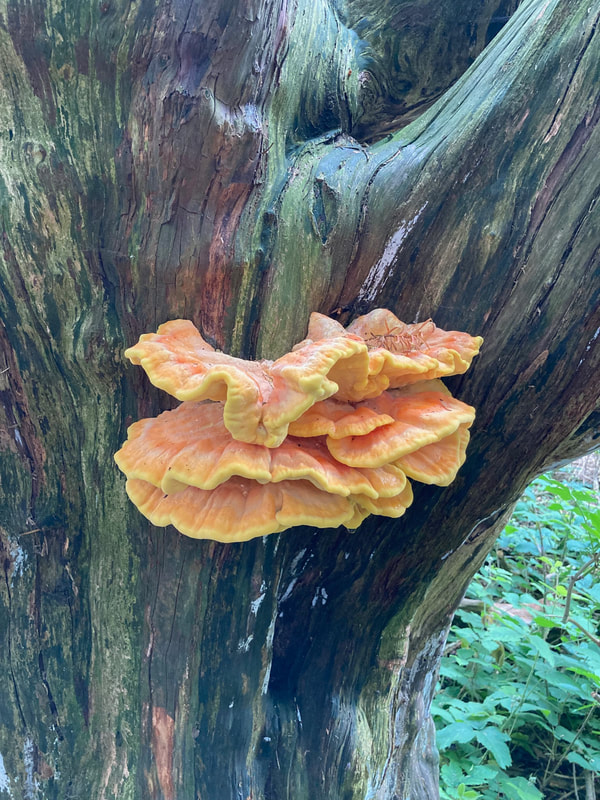
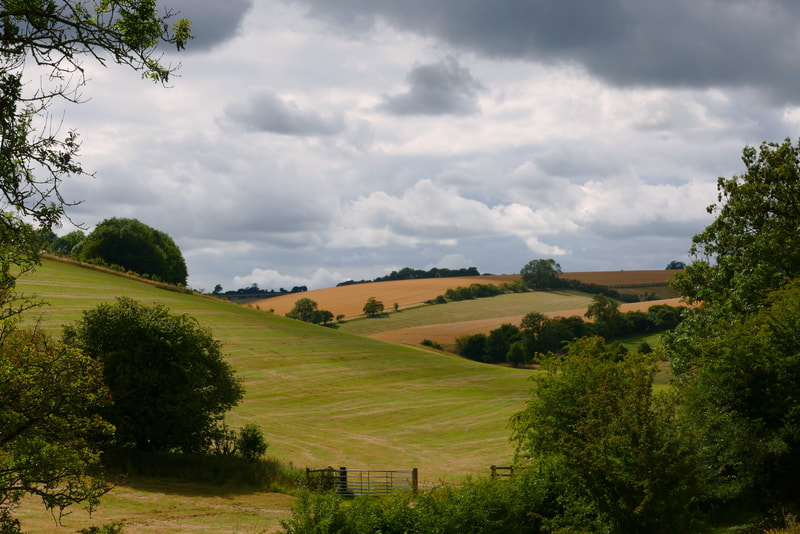
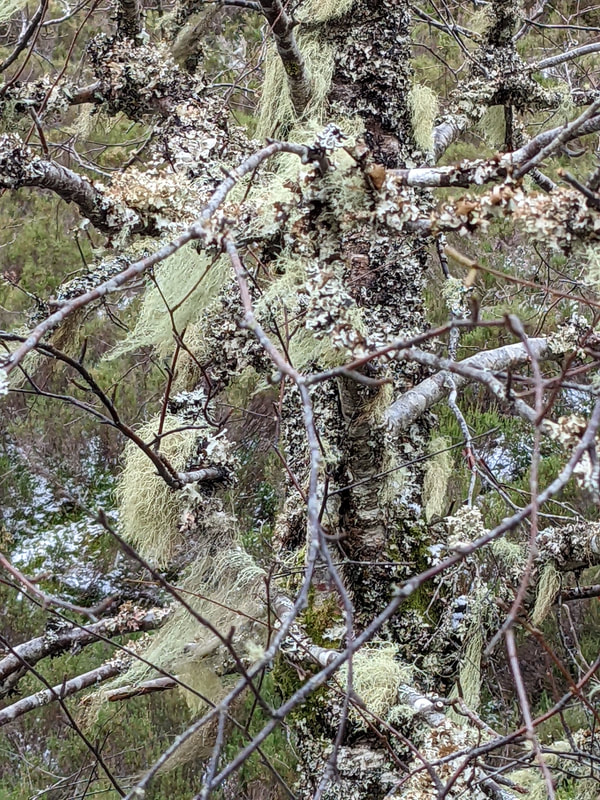
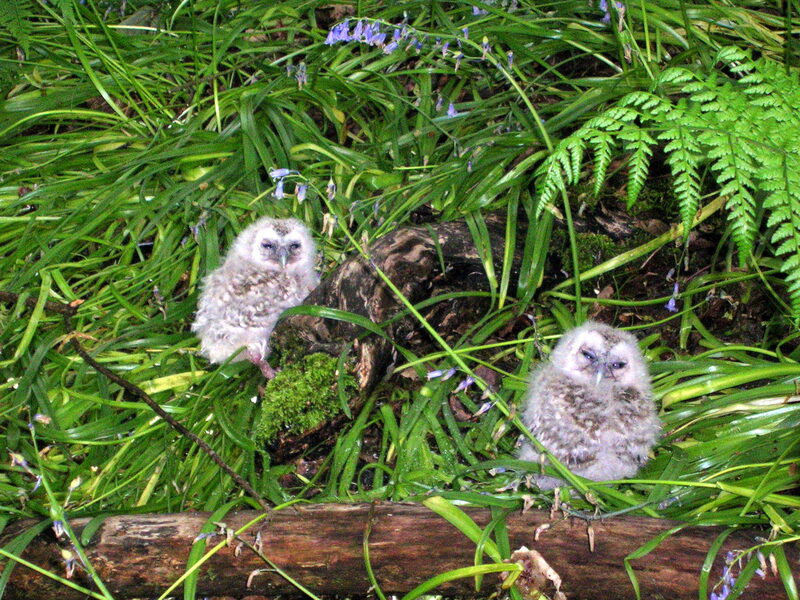
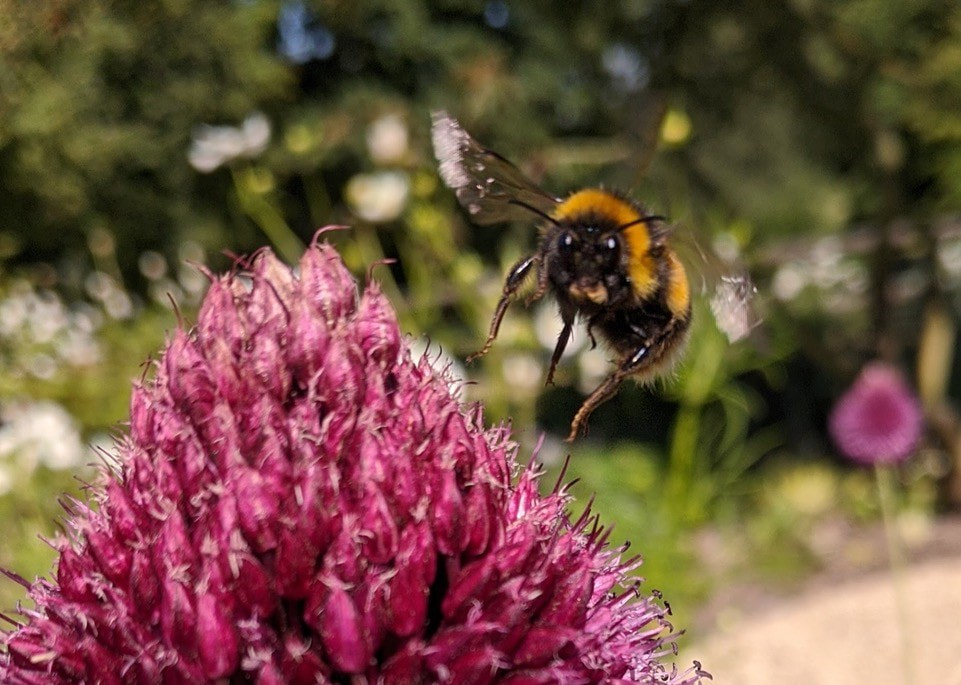
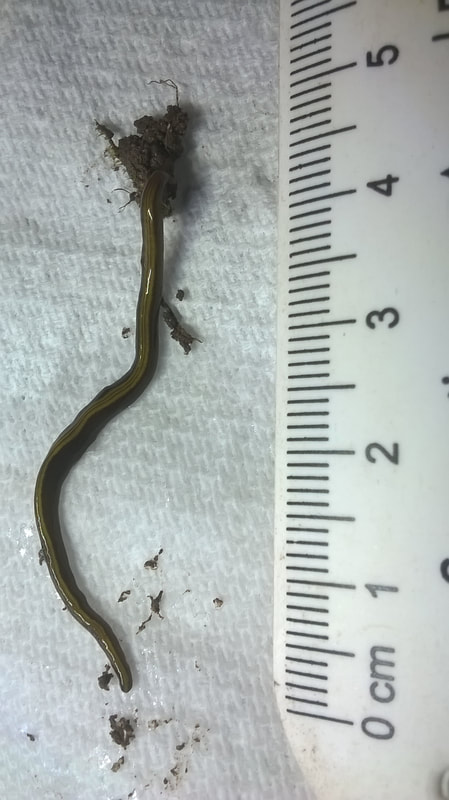
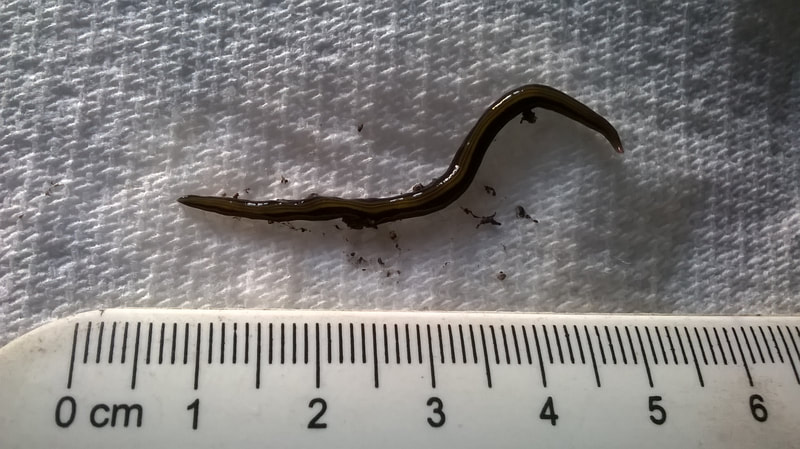
 RSS Feed
RSS Feed